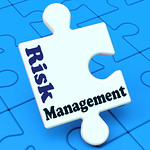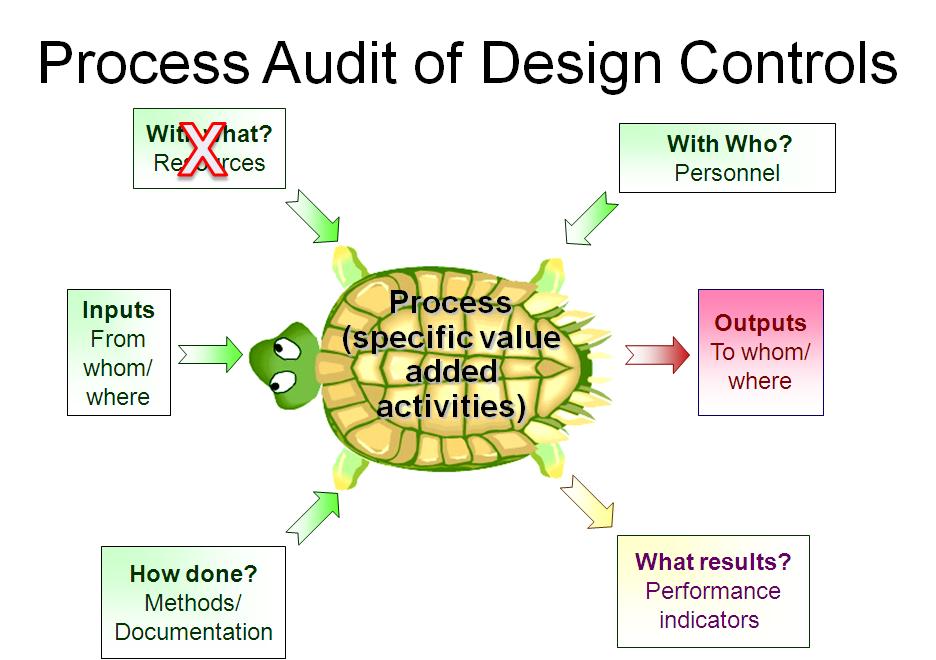How to reconcile the conflict between ISO 13485 and ISO 9001
This blog explains how to reconcile the conflict between ISO 13485 and ISO 9001, and discusses whether you should maintain dual certification.
What is the conflict between ISO 13485 and ISO 9001?
The previous version of ISO 13485 was released in 2003. That standard was written following the same format and structure as the overall quality system standard at the time (i.e., ISO 9001:2000). In 2008, there was an update to the ISO 9001 standard, but the changes were minor, only clarified a few points, and the periodic review of ISO 13485 in 2008 determined there was not a need to update 13485 at that time. Unfortunately, the proposed structure of the ISO 9001 standard was radically different, and this forces companies with dual certification to reconcile the conflict between ISO 13485 and ISO 9001.
On December 1-5, 2014, the working group for the revision of ISO 13485 (i.e., TC 210 WG1), met at AAMI’s Standards week to review the comments and prepare a first Draft International Standard (DIS). We should have some updates on the progress of the DIS later in December, but hopefully, the news will not be delayed in publication until 2016. The following is a summary of the status before last that meeting.
Updated ISO 13485 and ISO 9001 Standards Being Released
In 2015, there will be a new international version of ISO 9001 released. This new version will have dramatic changes to the standard–including the addition of a new section on risk management and the adoption of the new High-Level Structure (HLS) changing from 9 sections to 11. The ISO 13485 standard is also anticipated to have a new international version released in 2015, but the ISO 13485 standard will maintain the current HLS with nine sections. The timing of the ISO 9001:2015 release and the ISO 13485:2015 release will likely be around the same time (Correction: the ISO 13485:2016 standard was released in February 2016). Both standards are expected to have a three-year transition period for implementation. The combination of the three-year transition and lessened requirements in the new version of ISO 9001 for a structured quality manual should allow most manufacturers to wait until the ISO 13485 release before they begin drafting a quality plan for compliance with the new standards. Some of my clients have already indicated that they may drop their ISO 9001 certification when it expires, instead of changing their quality system to comply with the ISO 9001:2015 requirements. However, my clients will not have the ability to allow their ISO 13485 certification to lapse. Will Health Canada be updating GD210 and continue to require ISO 13485 certification for medical device licensing? What should companies do?
Update on the reconciliation of ISO 13485:2016 and ISO 9001:2015 on May 29, 2020:
- GD210 was never updated, and instead, it was replaced by MDSAP
- ISO 13485:2016 certification, under the MDSAP program, is required for Canadian Medical Device Licensing
- Many device companies have dropped the ISO 9001 certification.
Recommendations
From the experience of preparing for the ISO 13485:2016 and ISO 9001:2015 releases, I learned that obtaining draft versions of the standards before publication is invaluable. I was able to use the drafts to help prepare quality plans for the transition. Second, companies need to train their management teams and auditors on the differences between the current and the new standards to enable a gap analysis to be completed. Any manager that is responsible for a procedure required by the current version of a standard should receive training specific to the changes to understand how they will meet the requirements for documented information. Most companies will need to improve their risk management competency (which was updated again in December 2019). I recommend that companies begin drafting their quality plans and enter discussions with their certification body for quality system changes as early as possible. I also recommend that medical device companies maintain a quality manual structure that follows the ISO 13485:2016 standard rather than the ISO 9001:2015 standard. Following ISO 13485:2016 will help everyone locate information faster.
There is also specific text in the introduction of ISO 9001:2015 that states it is not the intent of the standard to imply the need to align your quality management system to the clause structure of the standard. Companies that maintain ISO 9001 certification should consider including cross-references between the two standards in their quality manual.
Historical Note
There are also European National (EN) versions of each standard (e.g., EN ISO 13485:2012). The EN versions are harmonized with the EU directives, but the content of the body or normative sections of the standards are identical. Historically, the differences were explained in Annex ZA, which was the last Annex in the EN version of the standard. In 2009 the harmonization annex for ISO 14971 (i.e., the medical device risk management standard) was split into three parts to match up with the three directives for medical devices (i.e., the MDD, AIMD, and IVDD). The new annexes (i.e., ZA, ZB, and ZC) were moved to the front of the EN version of the standard. The changes to ISO 14971 consisted of a correction and the change to Annex ZA. In 2012, there were new harmonization annexes created for ISO 13485 to follow the same format that was used for the EN ISO 14971 annexes. It is expected that these “zed” annexes will be released with a new EN version of the standard shortly after the international standard is published.
How to reconcile the conflict between ISO 13485 and ISO 9001 Read More »








